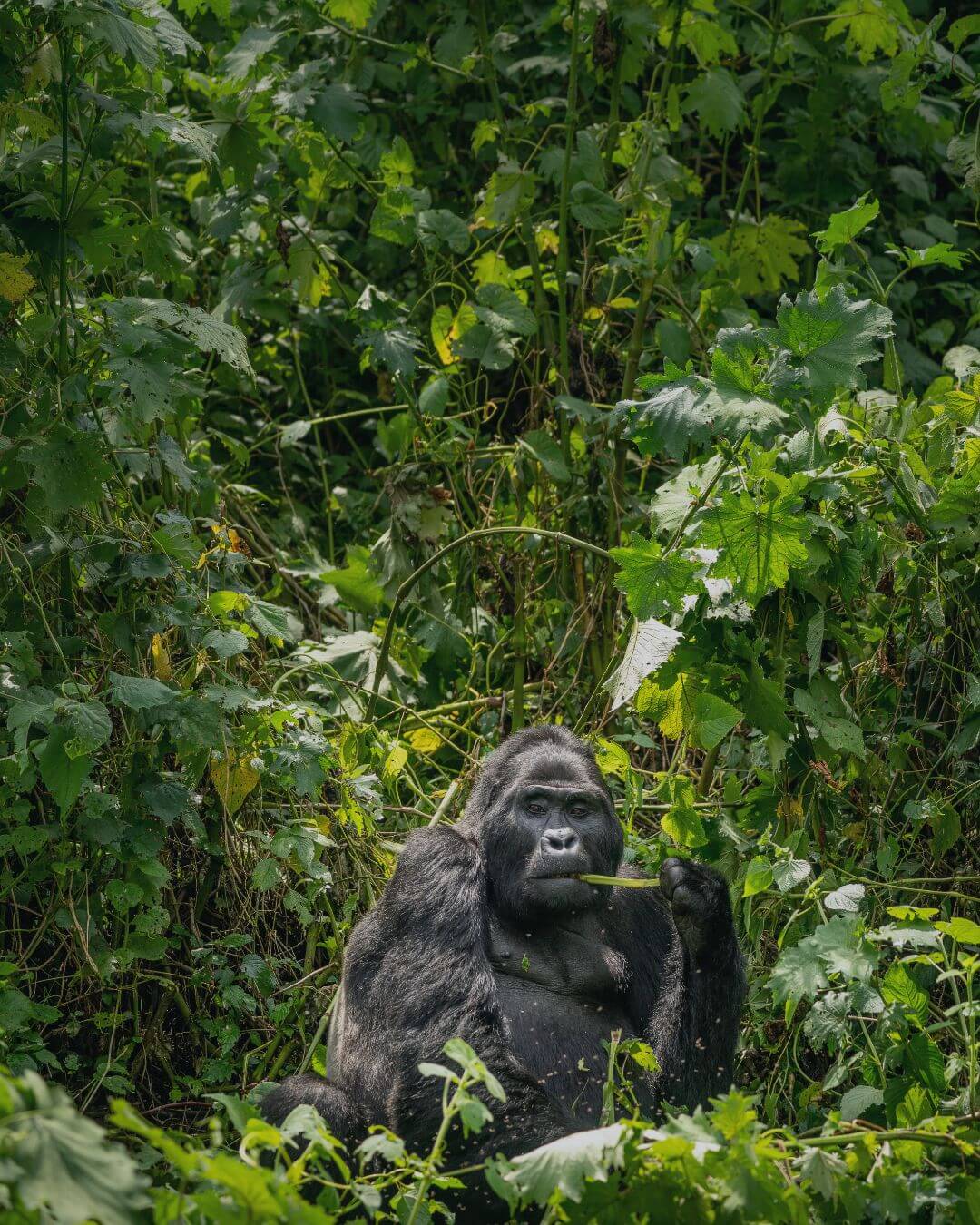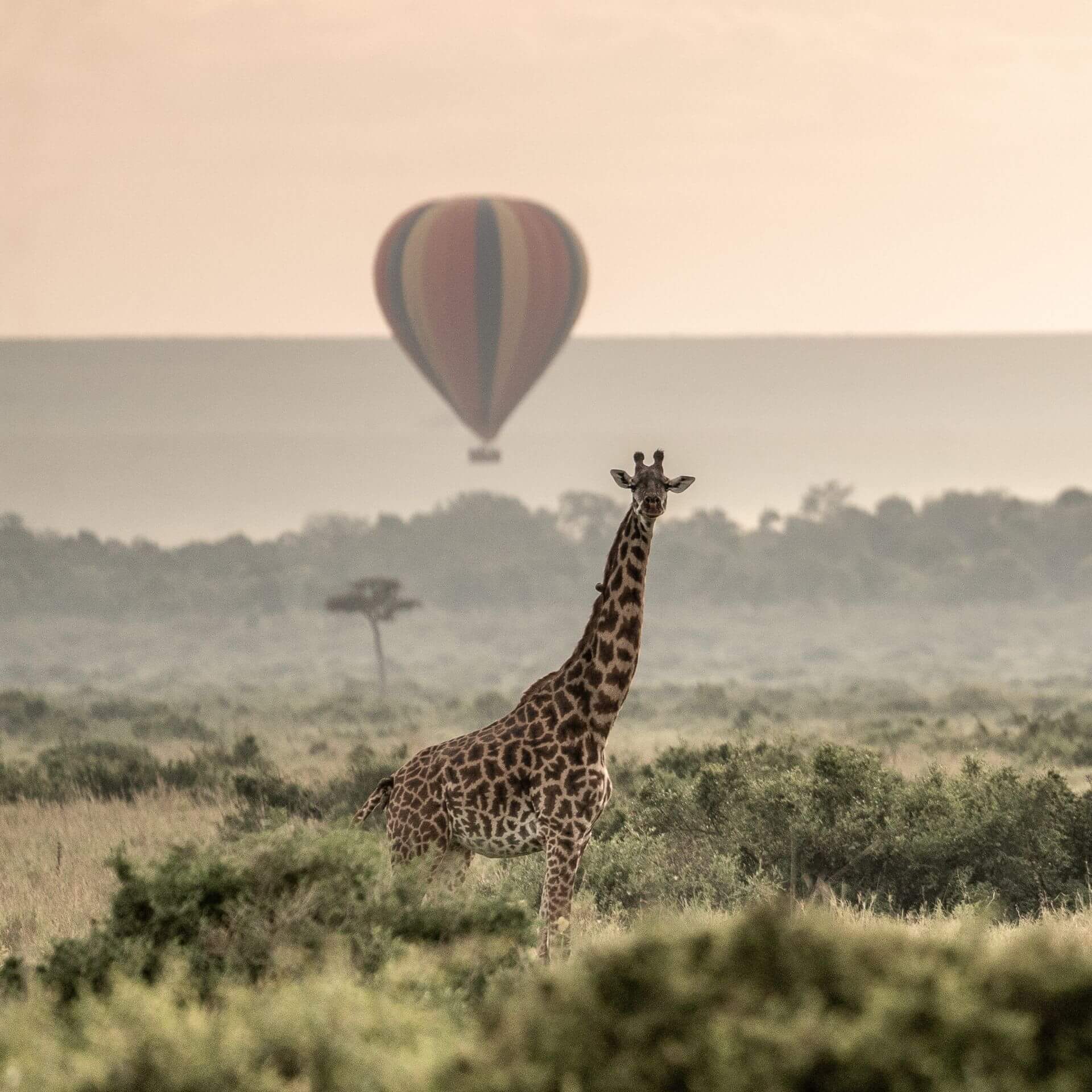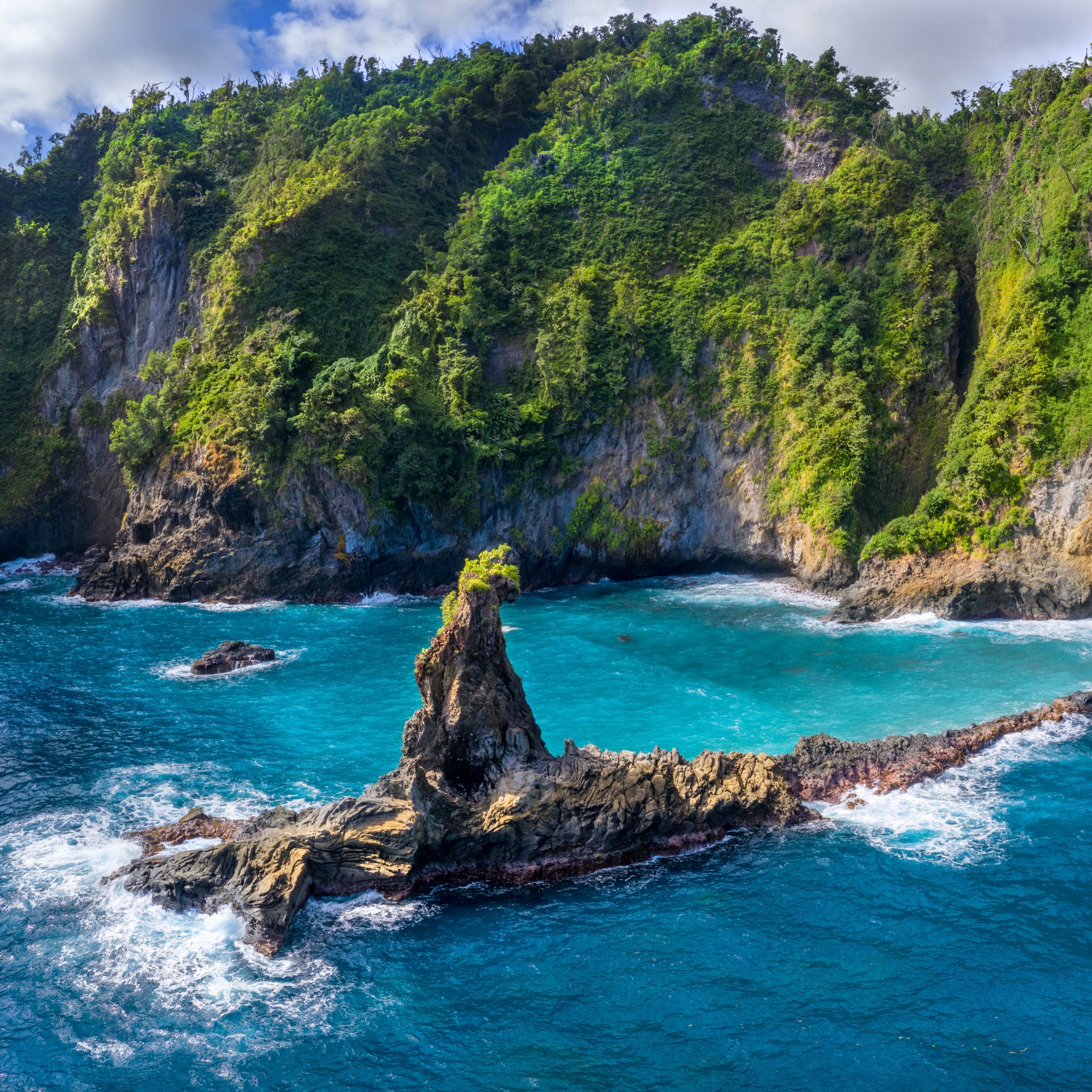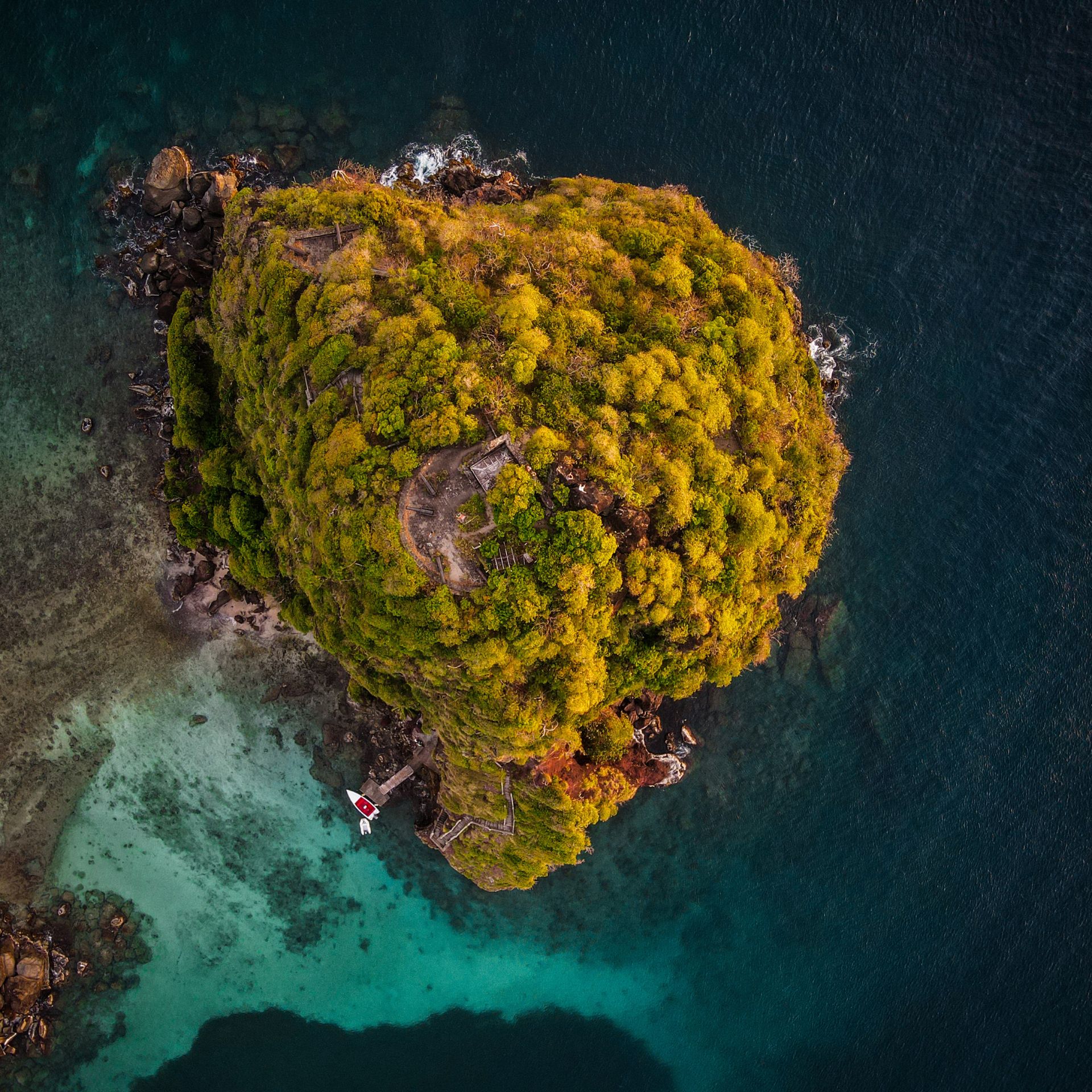Here are all the tips and tricks on how to plan the perfect tour to Salar de Uyuni in Bolivia
Multicolored lagoons, bubbling sulfur pools at almost 5000 meters and a salt flat as vast as the eye can see. I did a tour to Salar de Uyuni in 2019 for a photo assignment at BBC Travel and I would have never imagined how much diversity of landscapes this part of the world has.
Even though this natural wonder of South America is one of the most visited in the whole continent, most people really don’t know about the other scenic landscapes southern Bolivia has to offer. Furthermore, at the desolated area between the town of Uyuni and the border with Chile, traveling is not easy. There are no proper driving routes, there absolutely zero signal and traveling without guidance can be called suicidal.
However, for those adventurers exploring Uyuni and the neighboring Eduardo Avaroa National Reserve the rewards will leave you speechless. Salar de Uyuni and its surroundings are areas that will make you wonder how there is such a place on earth and how you never heard about it before.
Do you need internet in South America? I recommend the Global Plan of Flexiroam or the South America Plan of Airalo. You can get 10 GB of internet in Bolivia and Chile for just 30 USD
Read more: How many passport pages do you need to travel in South America
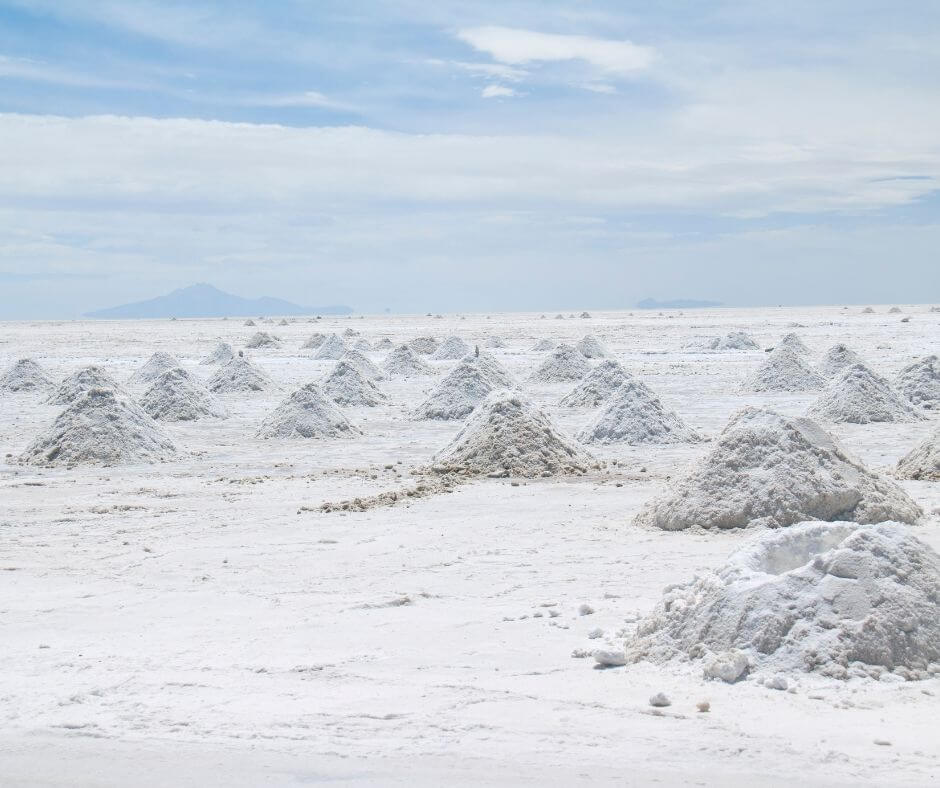
How to get to Salar de Uyuni
Getting to Uyuni and the Eduardo Avaroa National Reserve is not an easy task. Still, there are several towns, where tours usually originate. These towns also serve as connecting points between Chile, Argentina and Bolivia, so most travelers come here to stay just one night and leave the next day.
Uyuni, Bolivia
The most popular starting point for salt flats tours, Uyuni is a quiet, simple and a little bit boring. This town does not have much to offer beside a small traditional market, the train cemetery and the hundreds of agencies offering tours to the salt flats. Located 10 hours away from Bolivia’s capital La Paz, Uyuni is known for being the first destination in Bolivia if you are arriving from Chile or your last destination if you are planning to travel to San Pedro de Atacama in Chile.
NOTE: Tours connecting San Pedro de Atacama and Uyuni are very popular among travelers in South America. They cost around 60 – 80 EUR including an overnight stay in a salt hotel next to the salt flats, as well a visit to the main spots of the Eduardo Avaroa National Reserve.
Single-day tours from Uyuni can be as cheap as 20 EUR, while a multi-day private tour can cost anywhere between 150 – 500 EUR.
San Pedro de Atacama, Chile
For travelers crossing South America south to north, San Pedro de Atacama is a very popular spot for crossing the border between Chile and Bolivia. This charming town surrounded by volcanoes and exotic landscapes is full of agencies offering one-night or two-night tours to Salar de Uyuni.
Tours from Atacama tend to be a little bit more expensive (100 – 130 EUR) and will offer you the option to go to Salar de Uyuni and the Eduardo Avaroa National Reserve one-way or return. They offer basically the same tours as from Uyuni, but in the opposite direction and at a higher price.
Tupiza, Bolivia
This is probably the best starting point for travelers arriving from Argentina. They will cover most scenic spots as any other multiple day tour in this area.
Beside of being a jumping point from Argentina to Bolivia, Tupiza does not offer much to do and it is considered simply a place to book a tour and continue your journey.
While in South America, I was able to find the best prices available for any hotel at Booking.com and Agoda. These are the two largest platforms to compare hotel prices.
Read more: How to plan a trip to Cano Cristales in Colombia
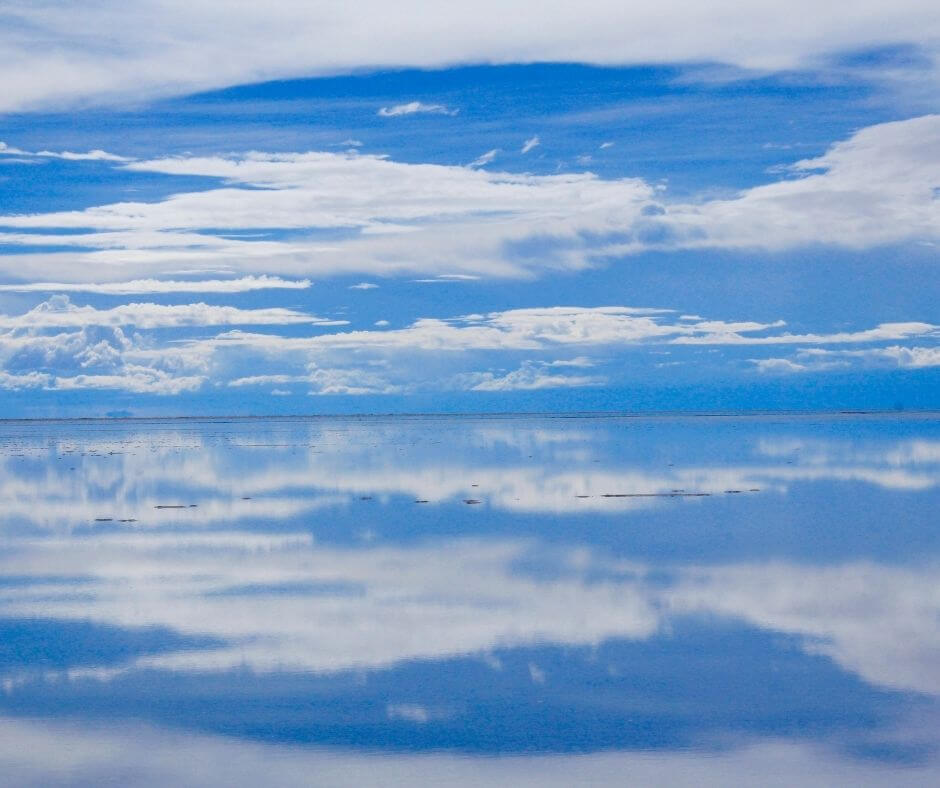
INSIDER TIP: Most travelers avoid to stay overnight in Uyuni and depart right away to other parts of Bolivia. Although Uyuni itself does not have much to offer, an overnight tour to the salt flats is one of the most beautiful experiences of South America. These tours will take you to Salar de Uyuni in the middle of the night and let you marvel some of the least polluted skies of our planet. It is the perfect opportunity for stargazing and if you are a photography lover, this would be an obligatory activity to add.
Read more: Which are the most beautiful landscapes in Colombia
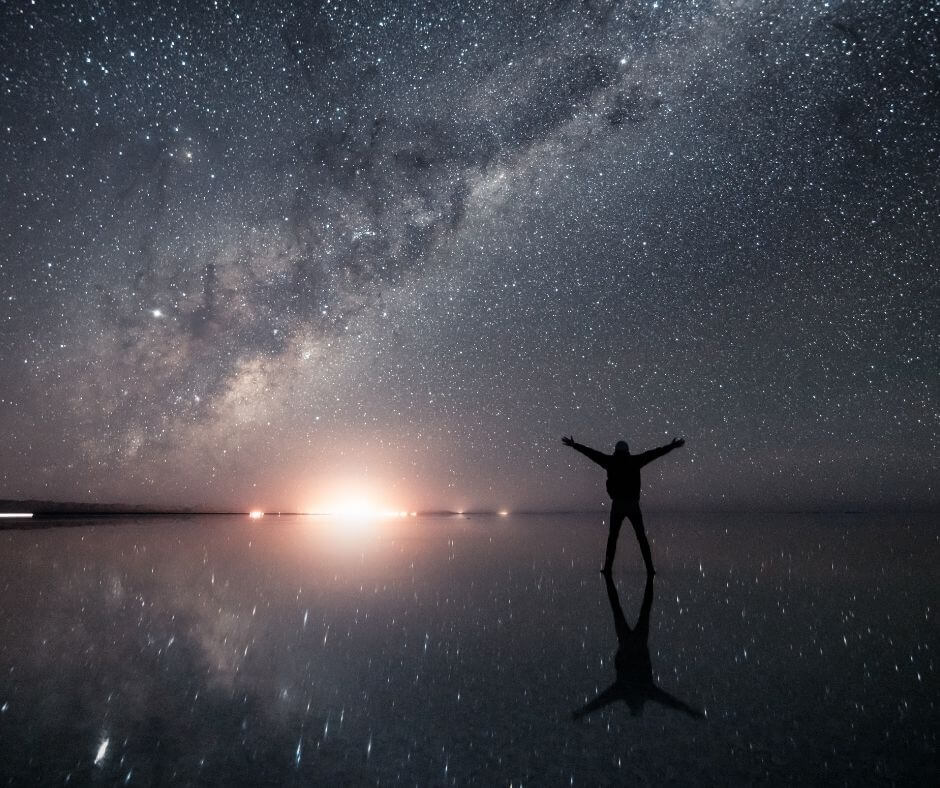
What to see in Uyuni and the Eduardo Avaroa National Reserve?
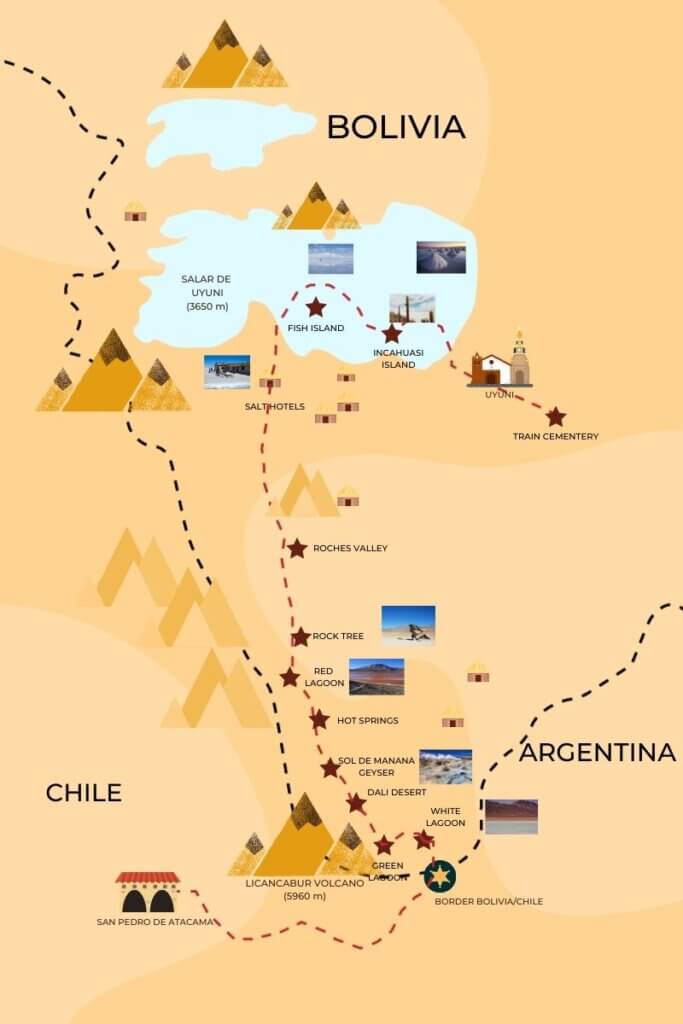
When it comes to a tight itinerary, most travelers prefer to skip a multiple day tour at the Eduardo Avaroa National Reserve and simply visit Salar de Uyuni on a day-trip. Many travelers I met on the road took this option, and even though they did save some money and time, they ended missed some of the most beautiful landscapes I’ve seen.
Salar de Uyuni is beautiful, but the magic of this area does not only rely on the salt flats, but the incredible diversity of sceneries located not so far from each other.
These are some of the key places you can’t miss if you are visiting south Bolivia:
White and Green Lagoon
Located right next to the border between Chile and Bolivia at an altitude of over 4000 m, the White and Green Lagoon are some of nature’s best kept secrets. With imponent mountains and volcanoes as a background, these are also some of the most photogenic spots in South America.
While the unique coloration of the White Lagoon is a layer of borox dust right above the water, different type of algae gives the emerald green coloration you see in the Green Lagoon.
Read more: Rapelling Colombia’s secret waterfalls
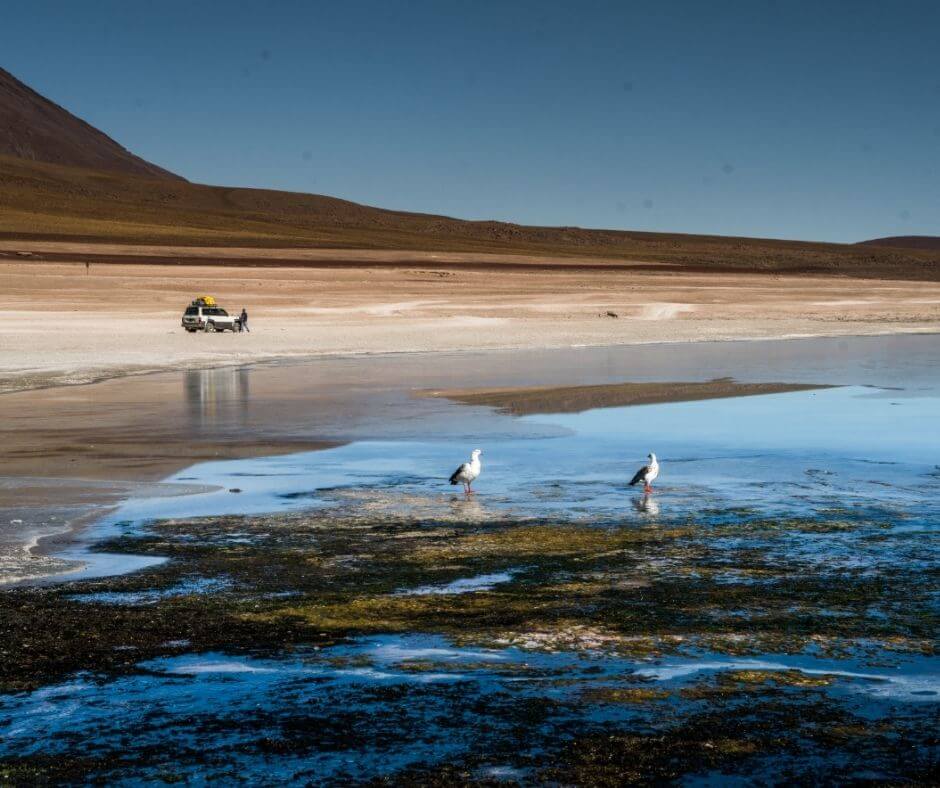
Red Lagoon
Consider by many as one of the top world’s natural wonders, the Red Lagoon is a shallow salt lake in the heart of the Eduardo Avaroa National Reserve. Beside its unique vibrant blood-like red coloration, the lake also contains dozens of white borax islands and is the only place in the world where the James flamingo is to be found.
Walking next to the shore of the Red Lagoon felt like walking on an alien planet. Salt crust formations, sediments of algae and colorful green and yellow moss created a kaleidoscopic scenery that looked like a surrealism painting.
Read more: These are some of the most extreme places I’ve visited
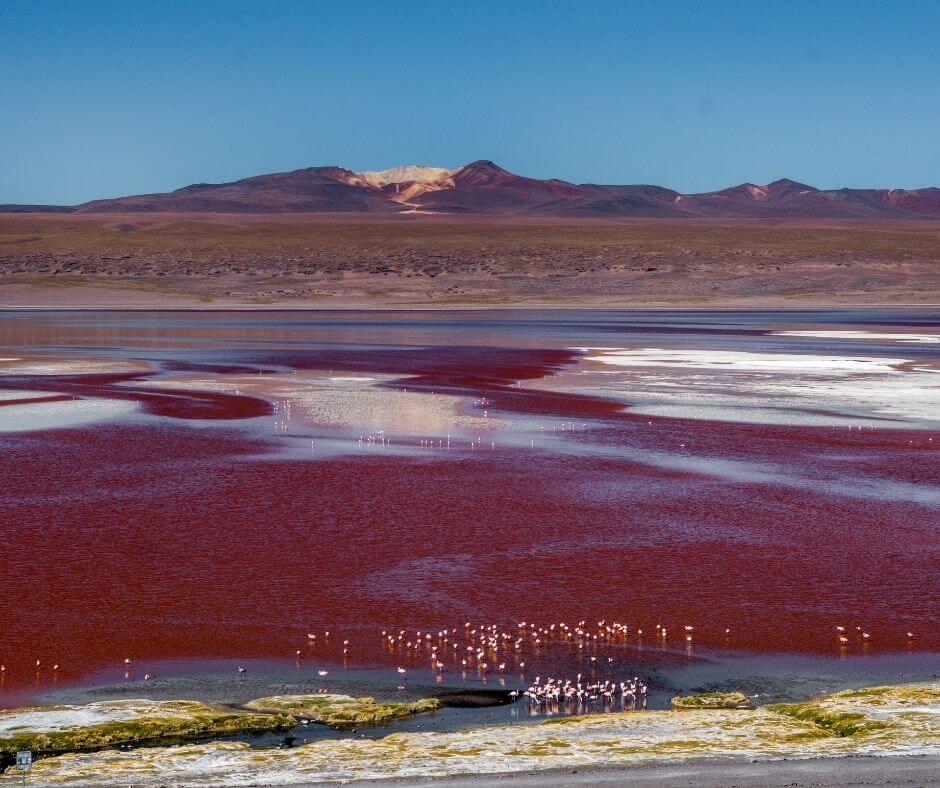
Sol de Manana Geyser
At an altitude of almost 5000 m above sea level, the Sol de Manana geyser is one of the highest places in the Eduardo Avaroa National Reserve that travelers can reach with a vehicle. Here, the air is thin and headaches are common for those who are not used to high altitudes.
This area, covered with geysers, fumaroles and boiling mudpots, shows a glimpse of the power of nature in a single spot. Most tours prefer to visit this part of the natural reserve early in the morning, when temperatures are low and the fumaroles can erupt gases reaching heights up to 100 m.
Read more: Iguazu Falls – Argentinean side or Brazilian side?
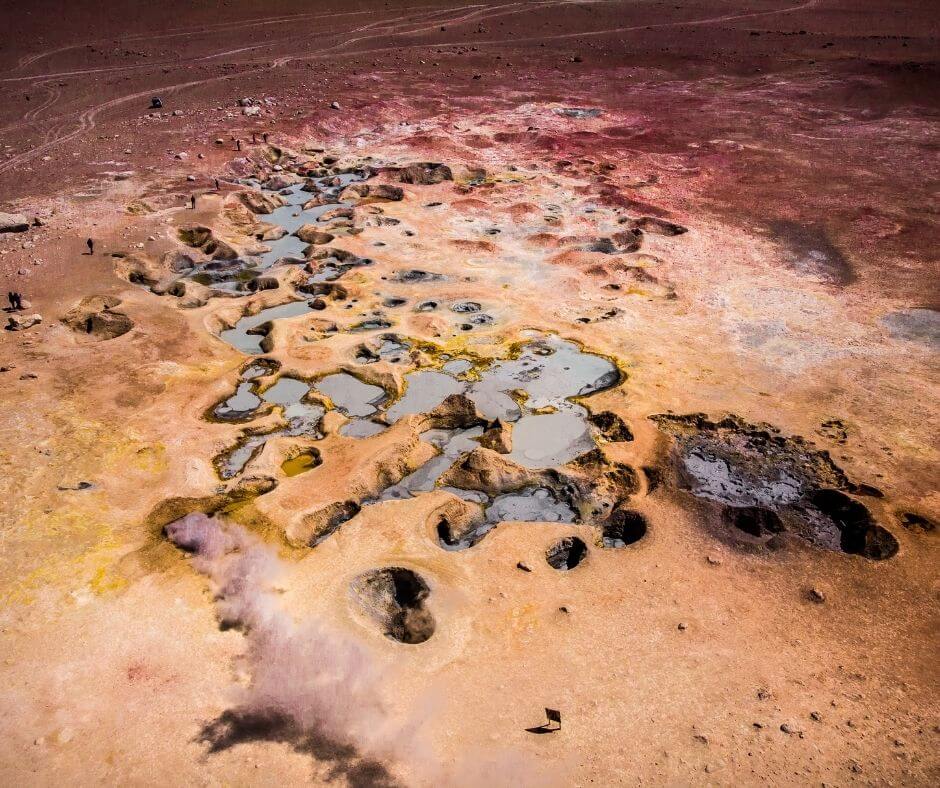
Salar de Uyuni
Of course I could not leave Bolivia’s biggest attraction behind. There is a reason why Salar de Uyuni is one of the most beautiful and bizarre places on earth. Extending across more than 10,500 sq km, a visit to Salar de Uyuni means entering into a weird world in which the earth and the sky become one.
Either witnessing a splash of colors during sunset or sunrise, or experiencing a monochromatic world when its cloudy, Salar de Uyuni amaze the most experience travelers and it is definitely one of those places everyone should have on their bucket list.
Read more: A guide for hiking in Chilean Patagonia
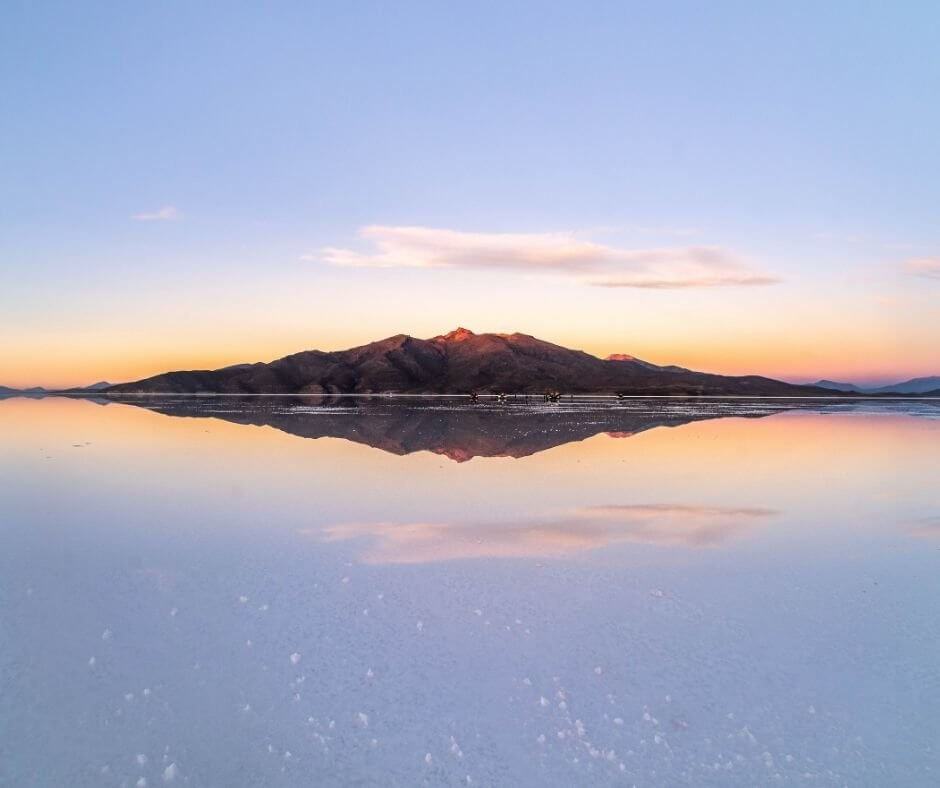
Inside Tip: Most people say the best time to visit Salar de Uyuni is from May to November. The weather is mild and temperatures perfect for outdoor activities. However, keep in mind that the Bolivian salt flat plains will be dry and if you want to see the beautiful mirror effect of this picture, the season to go is from January to April.
Planning to visit Uyuni
While there are hundreds of tour operators offering their services and bookings online, I have heard all kinds of experiences regarding their quality. What I did during my stay in Chile and Bolivia was to talk personally to the different tour operators, ask several times how many people signed for their tours, ask other people I met on the road about recommendations which companies to avoid and get exact details of the itinerary, what is included and what is not.
The difference between a 80 EUR tour and a 200 EUR booked online is basically minimal. However, the quality of the tour, number of people traveling with your and the experience itself is something you can only find out on reviews or while searching on location.
Read more: Exploring Atacama’s most beautiful landscapes
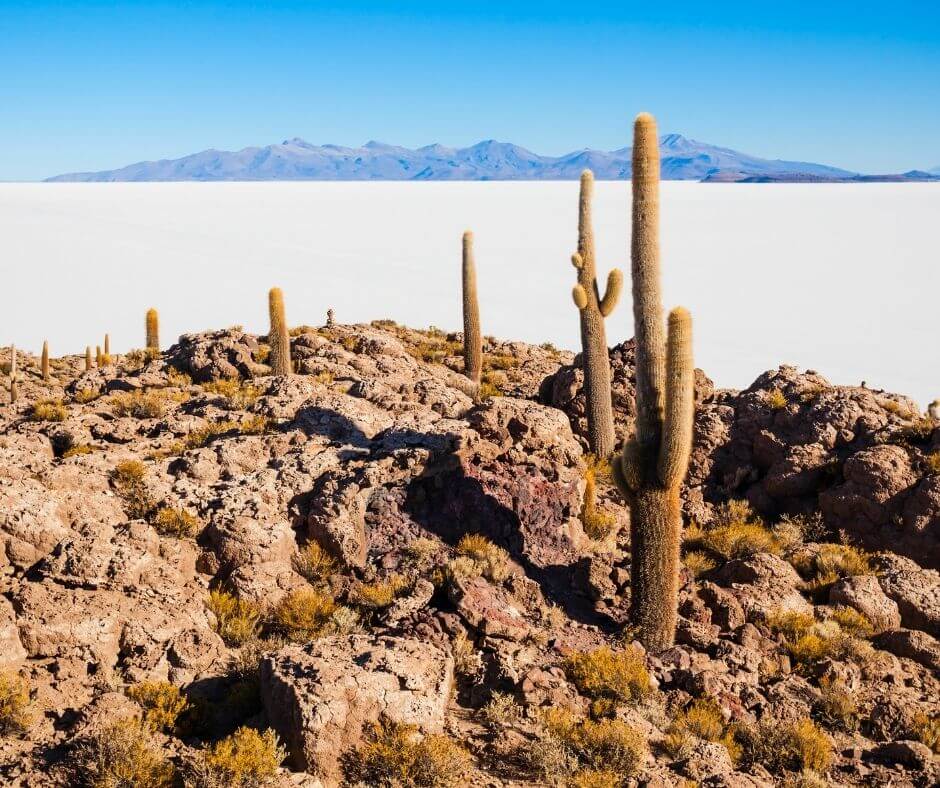
Insider Tip:
Bookaway is the right platform to get your tickets online and fast if you want to travel around the country using public transportation. No waiting lines at bus stations or asking around which bus goes where.For those traveling in Bolivia’s hotspots such as Tupiza, or Uyuni; don’t worry, they got you covered.


